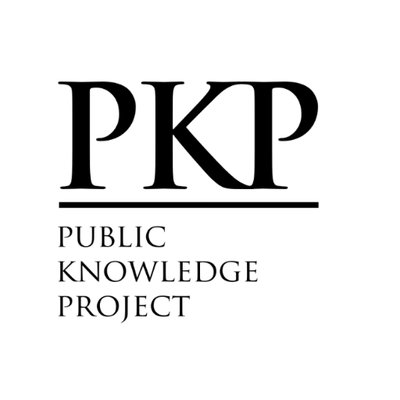Clusters industriels et promotion de la RSE : Cas des pays en développement
DOI :
https://doi.org/10.59051/joaf.v9i2.172Mots-clés :
Clusters, Corporate Social Responsibility, Developing countriesRésumé
La publication de l’ouvrage de Porter, intitulé «Avantage Concurrentiel des Nations», a permis aux clusters de devenir une préoccupation de tous les pays et territoires. Il a prouvé son efficacité en tant que moyen efficace de développement industriel et économique des pays et en tant que voie pour améliorer la compétitivité des entreprises en leur permettant de bénéficier d'externalités positives induites par l'action collective et la proximité géographique aussi bien dans les pays développés que dans les pays en développement. Mais, au-delà de ses avantages économiques, la question qui peut être posée au sujet du clustering est la suivante: "Dans quelle mesure le clustering peut-il contribuer à la diffusion de la RSE dans le contexte des pays en développement (PED)?". Cette question relativement nouvelle est encore sous-explorée par les chercheurs. En outre, les études disponibles sur le sujet ont abouti à des conclusions divergentes sur l’impact potentiel du clustering sur la RSE. Dans cet article, nous montrons que le clustering, grâce à l'action conjointe qu'il implique et au soutien dont il jouit, peut encourager les entreprises à adopter une attitude positive vis-à-vis de l'environnement écologique et de la société en mettant en œuvre des politiques de la RSE. Mais, cela ne peut être réalisé que lorsque l’État et les institutions privées jouent leur rôle en dissuadant les comportements socialement irresponsables et en finançant et en encourageant les actions et les initiatives relevant de la RSE.
Téléchargements
Références
Téléchargements
Publié
Numéro
Rubrique
Licence
© Abdelmajid EL WAATMANI 2018

Cette œuvre est sous licence Creative Commons Attribution - Pas d'Utilisation Commerciale - Pas de Modification 4.0 International.
Les auteurs qui publient dans cette revue acceptent les termes suivants :
- Les auteurs conservent le droit d'auteur et accordent à la revue le droit de première publication, l'ouvrage étant alors disponible simultanément, sous la licence Licence d’attribution Creative Commons permettant à d'autres de partager l'ouvrage tout en en reconnaissant la paternité et la publication initiale dans cette revue.
- Les auteurs peuvent conclure des ententes contractuelles additionnelles et séparées pour la diffusion non exclusive de la version imprimée de l'ouvrage par la revue (par ex., le dépôt institutionnel ou la publication dans un livre), accompagné d'une mention reconnaissant sa publication initiale dans cette revue.
- Les auteurs ont le droit et sont encouragés à publier leur ouvrage en ligne (par ex., dans un dépôt institutionnel ou sur le site Web d'une institution) avant et pendant le processus de soumission, car cela peut mener à des échanges fructueux ainsi qu'à un nombre plus important, plus rapidement, de références à l’ouvrage publié (Voir The Effect of Open Access).






















